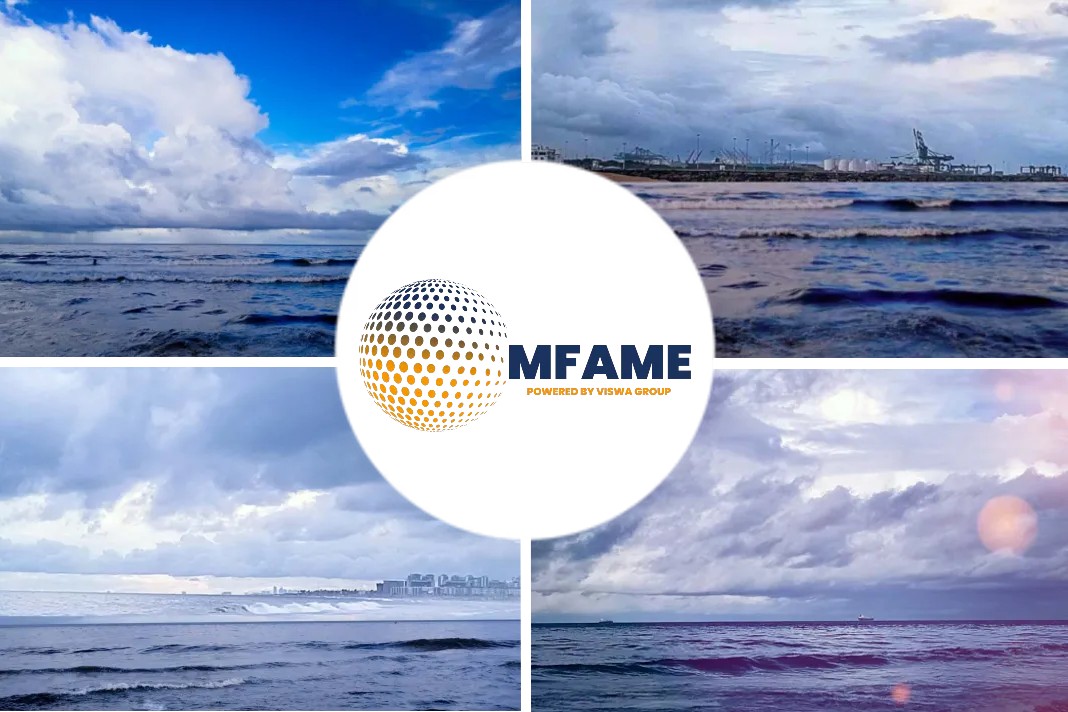•Italian energy firm Snam has purchased BW LNG’s 2015-built FSRU BW Singapore for $400 million.
•Italy’s plans to reduce reliance on Russian gas and strengthen energy security.
The article published in LNG PRIME gives a complete overview of the deal between Snam and BW LNG’s and the Snam future activities with LNG.
The Motive
This moves comes about two months after Snam bought Golar LNG’s 2015-built FSRU Golar Tundra for $350 million, as well as a deal in May to convert LNG carrier Golar Arctic into an FSRU.
BW LNG, a unit of Singapore-based gas shipping giant BW, and Snam said in a joint statement on Wednesday they signed an agreement under which Snam would buy the FSRU.
Snam CEO Stefano Venierand BW LNG CEO Yngvil Åsheim attended the signing ceremony.
Installation Begins
The FSRU has a maximum storage capacity of about 170,000 cubic meters of LNG and a nominal continuous regasification capacity of about 5 billion cubic meters per year.
It currently works in Egypt and the FSRU’s charter contract with Egas expires in November 2023.
Following the completion of the charter, Snam plans to install the unit in the upper Adriatic Sea, close to the coast of Italy’s Ravenna.
The Italian firm expects operations to start in the third quarter of 2024, following the completion of the authorization and regulatory process as well as the finalization of the works required for mooring and connection to the gas transport network.
LNG Refills Starts
Snam said it would finance the acquisition worth about $400 million from its own resources.
The firm will pay the amount in two tranches.
In the coming months, Snam will also begin activities to contract LNG regasification capacity which will gradually become available from the start-up of BW Singapore in Italy.
Floating regasification
“With this operation, we are providing Italy with its second new floating regasification unit thus making a decisive contribution to the country’s energy security and diversification,” Venier said in the statement.
He said the two purchased FSRUs would contribute 13 percent of the national gas demand alone, bringing regasification capacity to over 30 percent of demand, as soon as the company gets the permits to position the units and get them connected to the national transmission network.
Venier said the vessel’s position in the upper Adriatic Sea would allow the new unit to “intercept potential new LNG flows” from North Africa and the Eastern Mediterranean.
“Securing these two new units was not easy, in a market characterized by a shortage of supply and international competition that was growing strongly with each passing week,” he said.
“The swift completion of these two acquisitions provides with the authorization process and the starting of operations with precious time, which is essential to tackle with the current energy crisis,” Venier said.
Did you subscribe for our daily newsletter?
It’s Free! Click here to Subscribe!
Source: LNG Prime
















